What is a Wind Mitigation inspection?
A wind mitigation inspection is a specialized type of home inspection designed to assess the structural integrity and resilience of a property against wind-related damage, particularly in regions prone to hurricanes, tornadoes, or strong wind events. This type of inspection is often required by insurance companies to determine the property's eligibility for windstorm insurance discounts or credits.
Here's an overview of what a wind mitigation inspection typically entails:
- Roof Inspection:
- The inspector examines the roof covering material, roof deck attachment, roof-to-wall connections, and roof geometry to assess its ability to withstand high winds.
- They look for signs of damage, loose or missing shingles, deteriorated flashing, and other vulnerabilities that may compromise the roof's integrity during a windstorm.
- Roof Deck Attachment:
- The inspector evaluates how the roof deck is attached to the underlying structure, such as with nails or other fasteners.
- They check for the type and spacing of fasteners used and verify that they meet building code requirements for wind resistance.
- Roof-to-Wall Connections:
- The connection between the roof structure and the walls of the home is inspected to ensure it is properly reinforced and secured.
- The inspector looks for methods such as hurricane straps, clips, or other hardware that provide additional resistance against uplift forces during high winds.
- Secondary Water Resistance:
- Some wind mitigation inspections include an assessment of secondary water resistance measures, such as the installation of a waterproof membrane or sealant under the roof covering.
- These measures help prevent water intrusion in the event that the primary roof covering is damaged during a windstorm.
- Opening Protection:
- The inspection may also include an evaluation of windows, doors, garage doors, and other openings for their resistance to wind-borne debris.
- The inspector looks for impact-resistant glazing, reinforced doors, shutters, or other protective measures that reduce the risk of damage from flying debris during a storm.
- Documentation and Reporting:
- After conducting the inspection, the inspector provides a detailed report outlining their findings and documenting any wind mitigation features present on the property.
- This report serves as documentation for insurance purposes and may be used to qualify the property for windstorm insurance discounts or credits.
By identifying and documenting the property's wind mitigation features, homeowners can potentially lower their insurance premiums and better protect their investment against wind-related damage. It's important to note that the specific requirements for wind mitigation inspections and insurance discounts may vary depending on the location and insurance provider.
Click here to check it out

